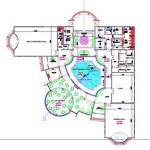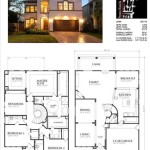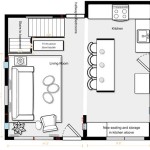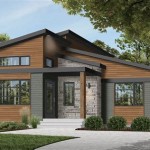Essential Aspects of Pig House Plans
Designing an efficient and functional pig house is crucial for the well-being of your pigs and the overall success of your pig farming operation. Here are some essential aspects to consider when creating pig house plans:
1. Pig House Size and Capacity:
Determine the size of the pig house based on the number of pigs you intend to house and the desired stocking density. Ensure adequate space for feeding, housing, and manure management. Provide separate sections for different age groups and sexes.
2. Ventilation and Air Quality:
Proper ventilation is essential for maintaining good air quality and preventing respiratory issues in pigs. Design the pig house with adequate natural and mechanical ventilation systems. Ensure proper air circulation and avoid stagnant air by incorporating windows, fans, and ventilation chimneys.
3. Temperature Control:
Pigs are sensitive to temperature fluctuations. Provide insulation to regulate the temperature inside the pig house and create a comfortable environment for the animals. Consider using materials that provide insulation and are easy to clean.
4. Bedding and Waste Management:
Provide comfortable bedding for pigs to rest and prevent skin irritation. Choose materials that are absorbent, easy to manage, and help reduce odor. Design the pig house with proper waste management systems, such as slotted floors or deep bedding, to maintain a clean and healthy environment.
5. Feeding and Water Supply:
Ensure easy access to clean water and feed for all pigs. Design the pig house with automatic waterers and feeders or provide adequate space for manual feeding. Consider different feeding techniques, such as group feeding or individual feeding.
6. Health and Biosecurity Measures:
Incorporate biosecurity measures to prevent the spread of diseases. Restrict access to the pig house and implement regular cleaning and disinfection protocols. Design the pig house with designated quarantine areas and separate entrances for different sections.
7. Equipment and Labor Considerations:
Plan for necessary equipment and labor requirements for the daily operation of the pig house. Include space for storage, equipment cleaning, and loading/unloading areas. Consider equipment for automated feeding, ventilation, and waste removal.
8. Legal Requirements and Permits:
Ensure that your pig house plans comply with local building codes, zoning regulations, and environmental laws. Obtain the necessary permits and approvals before construction. Consult with local authorities and agricultural extension services for guidance.
By carefully considering these essential aspects, you can create pig house plans that optimize pig health, comfort, and productivity while adhering to industry standards and regulations.

Floor Plan Of Three Pig Housing Rooms In A Study On The Effects Scientific Diagram

Construction Plan For The Dl Pen A And Pg B Scientific Diagram

Floor Plan Of The Organic Growing Finishing Pig Building Scientific Diagram

Livestock Kenya Pig Housing Plans For Small Scale Farmers

Pig House Plans Howtospecialist How To Build Step By Diy

How To Farm Pigs Housing The Pig Site

Proper Housing In Pig Management Latia Agribusiness Solutions

Livestock Kenya Pig Housing Plans For Small Scale Farmers

Pig House Plans Howtospecialist How To Build Step By Diy

Pig House Plans In The Es Interior Farming Pen








